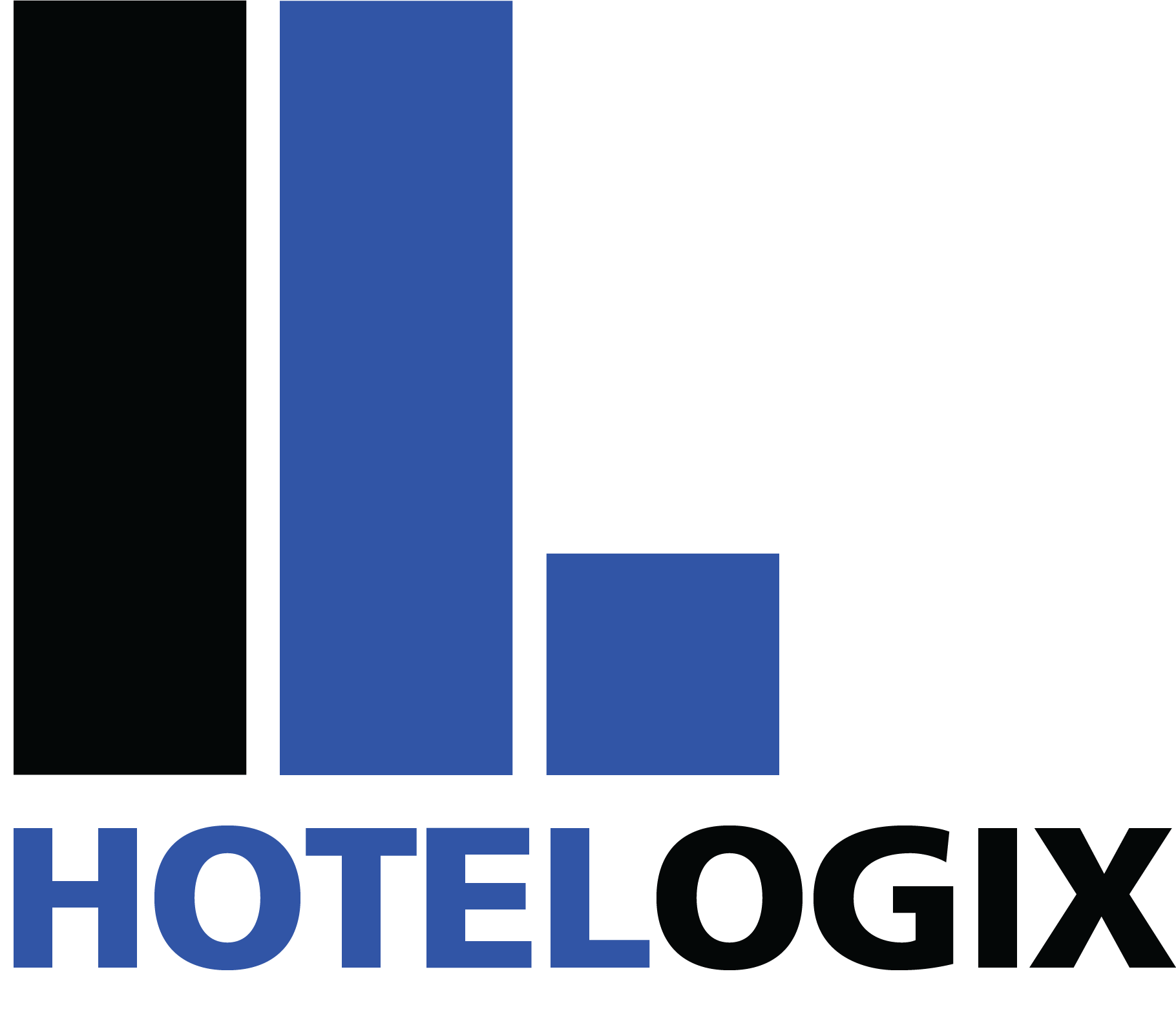 Hoteliers face a lot of challenges these days. In a changing economic climate, they have to adapt to the morphing industry along with technology and expectations. With a flood of distribution tools and marketing techniques, it can be difficult for a young hotel to find its niche. Finding the customer base can be tricky, and although there are multiple platforms on which to open up rooms, finding the right balance between them is key.
Hoteliers face a lot of challenges these days. In a changing economic climate, they have to adapt to the morphing industry along with technology and expectations. With a flood of distribution tools and marketing techniques, it can be difficult for a young hotel to find its niche. Finding the customer base can be tricky, and although there are multiple platforms on which to open up rooms, finding the right balance between them is key.
Online travel agencies outspend hotel brands on television spots and online paid search advertising. With such a wide reach and a broader audience, hotels have noticed that it benefits them to be attached to an OTA. Although some hoteliers may feel that OTAs take away from their direct bookings, and do not like having to set aside rooms for the OTA, the relationship is mutually beneficial. Many travelers first look to OTAs to find hotels, and with the substantial amount OTAs spend on advertising, it is no wonder that travelers look to them first. But there has also been a bounce back effect, in which travelers will look at OTAs as a catalog and then visit the specific hotel website and book directly. So although OTAs gain a lot of attention, hotels don’t want to lean too much on them for bookings.
There has been little research on how the mix of distribution channels affects a property’s bottom line. Although this mix directly affects the outcome, there has been little interest in monitoring these outcomes. But it’s easy to see that having a mix of multiple mediums is the most effective route. By combining OTAs, social media, mobile and direct booking, hotels have a balanced and attractive marketing strategy. Hoteliers don’t want to rely entirely on one medium, and for good reason. If they open up all their rooms to OTAs and don’t receive any bookings, those rooms could be locked out without any customers. By diversifying the marketing platform and evening their weight out amongst multiple segments, hotels are much less likely to topple over.
